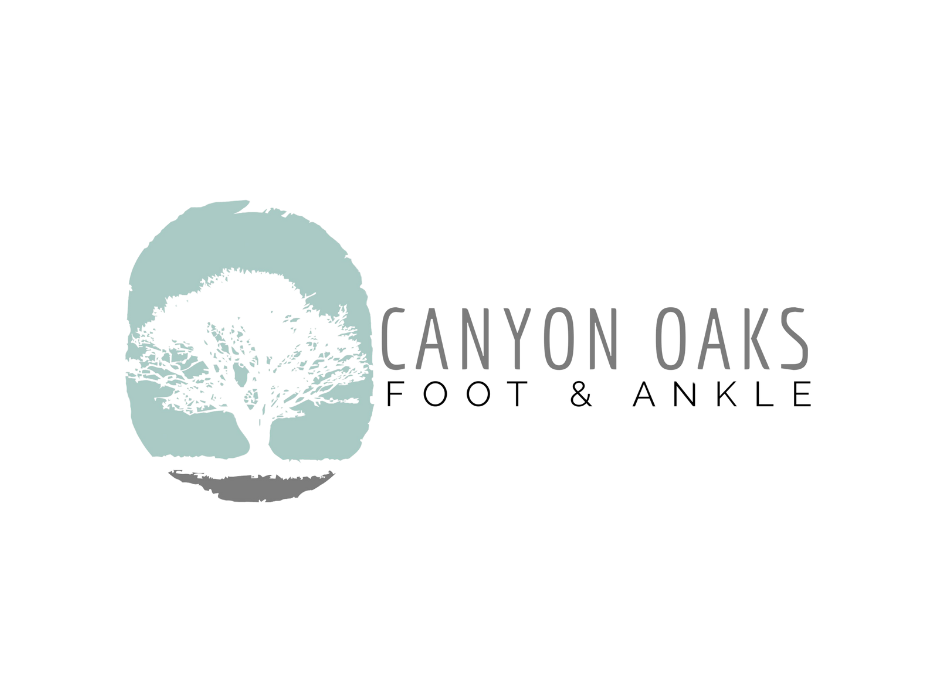The foot and ankle are some of the most intricate and complex areas of the body. When these areas are injured, treatment is essential to get you back on your feet again. While your doctors may recommend non-invasive therapies at first, these aren’t always successful. In this case, surgery may be necessary for you to have a full recovery and get long-lasting relief from your injuries. Here is a brief guide to four different types of foot surgery that can improve your foot function.
Metatarsal Surgery
Metatarsal surgery is generally recommended to rectify a deformity in the foot causing you pain. If you’re suffering from deformities such as bunions, painful calluses, or metatarsalgia, metatarsal surgery can help repair them. This surgery works to restore the natural pressure points on the ball of your foot. During this procedure, your metatarsal bone is cut, repositioned, and fixed in place by a metal screw, plate, or pin.
Heel Spur Surgery
Heel spurs occur when calcium deposits cause growth to form on the underside of the heel bone. This growth irritates the plantar fascia, causing you to experience pain and discomfort. The growth can happen due to foot strain, gait abnormalities, or weight putting stress on the heel bone.
While you can heal your heel spurs with non-invasive treatments, surgery may be necessary if the pain persists for over a year. There are two types of heel spur surgeries. During the first type of heel spur surgery, the plantar fascia gets cut to relieve some tension and reduce inflammation. In the second type, the heel spur is detached and removed from the bone.
Lapiplasty Bunion Surgery
Lapiplasty bunion surgery is a new approach to treating bunions. If left untreated, bunions can impair your foot’s function, limiting your daily activities. Bunions occur when the bone or tissue at the big toe joint moves out of place, forming a bump on the big toe joint. Severe cases of bunions will require surgery, which is where lapiplasty bunion surgery comes in.
During this surgery, there are two small incisions made in the foot. An advanced instrument is inserted, which will rotate the entire metatarsal bone. Once the bone gets placed back into the normal position, it’s realigned, and the bunion is corrected. Titanium plates are inserted to secure the new bone placement and keep it from shifting in the future.
Contact Canyon Oaks Foot & Ankle
We understand that the idea of foot surgery may be daunting when you’re not sure what to expect. If you think that foot surgery may help with your foot pain, Canyon Oaks Foot & Ankle is here to help. Our highly trained podiatrists are well versed in the different types of foot surgery and can help answer any questions you may have.
To schedule an appointment, give us a call or fill out our online contact form. A member of our staff will be in touch, and you’ll be well on your way to having happy and healthy feet once again.

